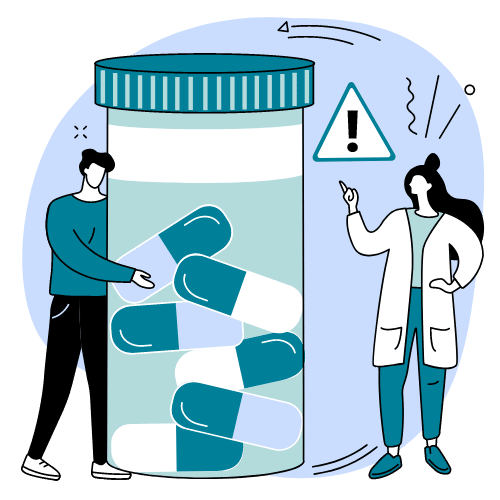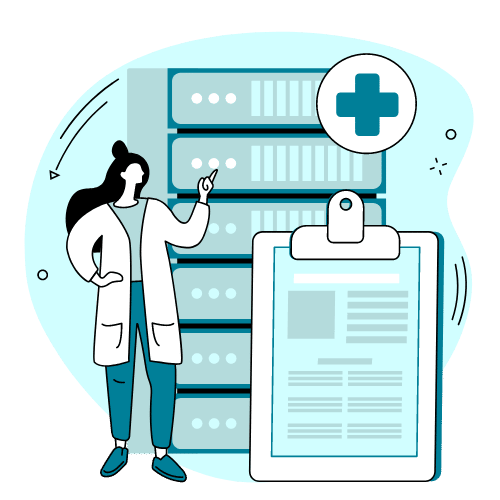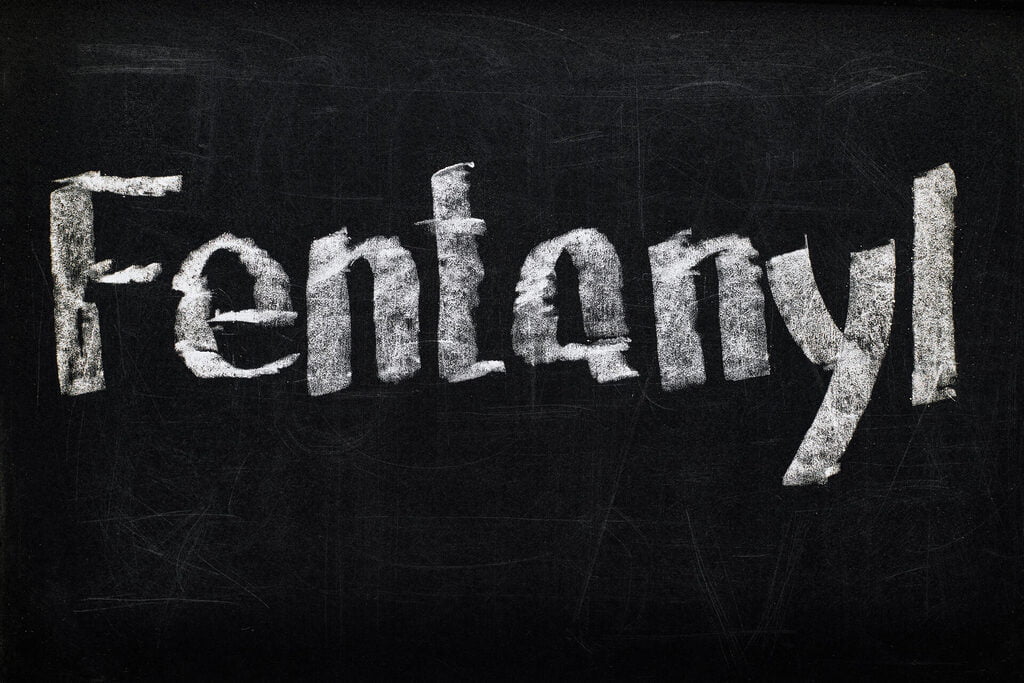Fentanyl, a powerful synthetic opioid, has garnered significant attention in recent years due to its potency and impact on public health. While often associated with the opioid crisis, questions persist about the origins of this drug. In this blog, we delve into the history and sources of fentanyl to shed light on its development, uses, and the challenges it presents.
The Birth of Fentanyl
Fentanyl was first synthesized in the 1960s by Dr. Paul Janssen, a Belgian pharmacologist, and his team at Janssen Pharmaceutica. Their goal was to create a potent and effective pain-relieving medication. The result was fentanyl, a synthetic opioid that is estimated to be 50 to 100 times more potent than morphine and several times more potent than heroin.
Medical Uses
Fentanyl was initially introduced as a prescription medication to manage severe pain, particularly in surgical and postoperative settings. It became a valuable tool for anesthesiologists due to its rapid onset and short duration of action. Fentanyl is available in various formulations, including transdermal patches, lozenges, injections, and nasal sprays.
Fentanyl Analogues
Over time, variations of fentanyl known as analogues emerged. These analogues were developed with the intent to modify fentanyl’s properties for medical use, such as extended-release formulations. However, some of these analogues, often referred to as “designer opioids,” have found their way into the illegal drug market, leading to a surge in overdose deaths.
Illicit Production and Distribution
One of the most concerning aspects of fentanyl’s history is its role in the illegal drug trade. Illicitly produced fentanyl and its analogues are often mixed with other drugs, such as heroin and cocaine, without the user’s knowledge. This practice significantly increases the risk of overdose, as users are unaware of the potency of the substances they are consuming.
China’s Role
China has been identified as a significant source of illicitly manufactured fentanyl and its analogues. Chinese manufacturers often produce these substances in clandestine laboratories and export them to various parts of the world, including the United States. The availability of these potent synthetic opioids has fueled the opioid crisis and led to a staggering number of overdose deaths.
Law Enforcement Efforts
Recognizing the urgency of the situation, law enforcement agencies have been working to combat the illicit production and distribution of fentanyl. International cooperation, coordination with Chinese authorities, and enhanced monitoring of suspicious shipments have been key strategies in addressing the fentanyl crisis.
Public Health Impact
The widespread availability of fentanyl and its analogues has had a profound impact on public health. The opioid crisis, exacerbated by the influx of these potent synthetic opioids, has led to an alarming increase in overdose deaths. Public health initiatives, harm reduction strategies, and increased access to addiction treatment are critical components of efforts to mitigate the crisis.
Prescription and Regulation
In response to the opioid crisis, regulatory measures have been implemented to address the inappropriate prescription and use of opioids, including fentanyl. Stricter prescribing guidelines, monitoring of prescription drug databases, and education for healthcare providers aim to prevent overprescribing and minimize the risk of opioid misuse.
Fentanyl’s origins can be traced back to the laboratories of Janssen Pharmaceutica in the 1960s. Initially developed as a potent pain-relieving medication, fentanyl’s medical applications have been overshadowed by its role in the opioid crisis. Illicitly produced fentanyl and its analogues have flooded the illegal drug market, leading to a surge in overdose deaths and prompting law enforcement and public health responses.
Addressing the fentanyl crisis requires a multi-faceted approach that encompasses international collaboration, regulation, law enforcement efforts, and public health initiatives. As we continue to grapple with the challenges posed by fentanyl, it’s clear that a comprehensive strategy is necessary to mitigate the devastating impact of this powerful synthetic opioid on individuals, families, and communities.













